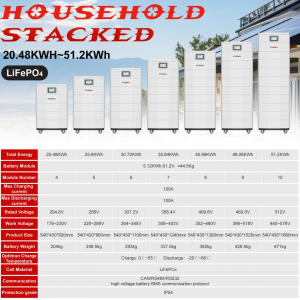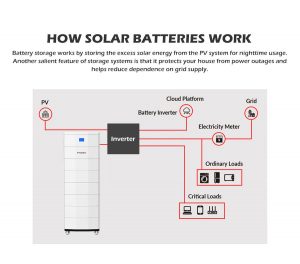A Renewable Energy Solution
Stacked lithium batteries are a recent technological advancement that has revolutionized the renewable energy sector. These batteries, also known as stacked lithium-ion batteries, offer several advantages over traditional lithium-ion batteries, making them a preferred choice for energy storage applications.

One of the key advantages of stacked lithium batteries is their increased energy density. By stacking multiple layers of electrodes, the battery can store a higher amount of energy within the same volume. This increased energy density allows for longer-lasting energy storage, making stacked lithium batteries ideal for applications such as electric vehicles, renewable energy backup systems, and grid-level storage solutions.
Another benefit of stacked lithium batteries is their improved safety. Traditional lithium-ion batteries are prone to overheating and thermal runaway, which can lead to fires and explosions. Stacked lithium batteries, on the other hand, have a better thermal management system due to their layered design. The stacked structure allows for better heat dissipation and reduces the risk of thermal runaway, making these batteries safer and more reliable.

Furthermore, stacked lithium batteries have a longer lifespan compared to traditional lithium-ion batteries. As the electrodes are stacked, the overall surface area is increased, resulting in reduced wear and tear of individual electrodes. This reduces the chances of electrode degradation and extends the battery's lifespan, making stacked lithium batteries a more cost-effective energy storage solution in the long run.
In addition, stacked lithium batteries have a faster charging and discharging capability. The stacked design allows for better electron flow and efficient energy transfer, enabling quick charging and discharging times. This feature is particularly crucial for applications that require rapid energy storage and release, such as electric vehicles and fast-charging stations.
Overall, stacked lithium batteries offer numerous advantages that make them a prominent choice for renewable energy storage. With their higher energy density, improved safety, longer lifespan, and faster charging capabilities, these batteries play a crucial role in advancing the renewable energy sector. As the demand for clean energy solutions continues to grow, stacked lithium batteries are likely to become even more prevalent in various applications, contributing to a greener and more sustainable future.